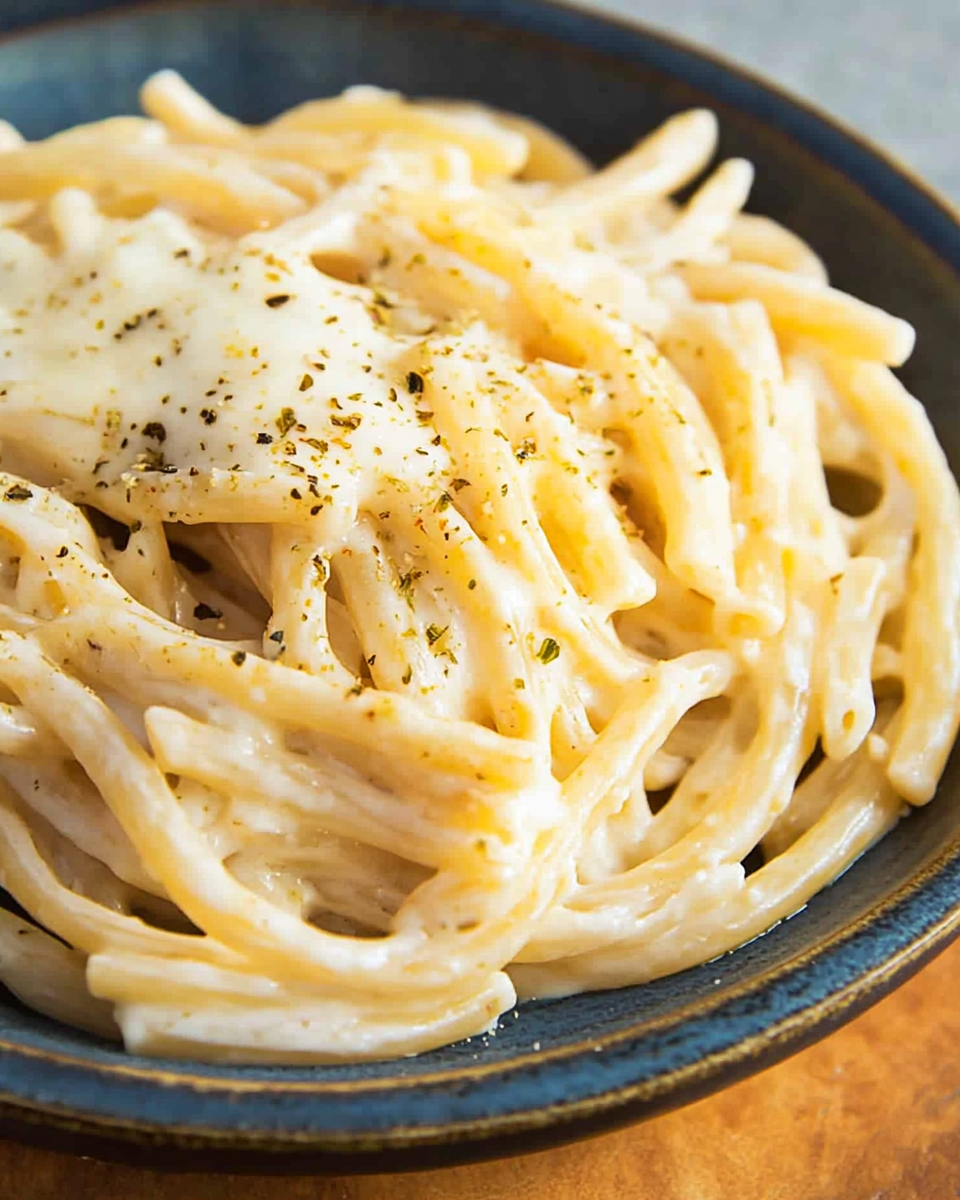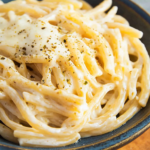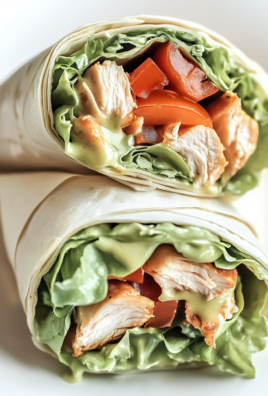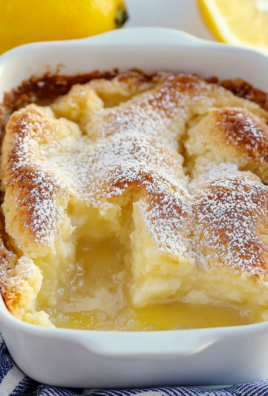something rich, comforting, and undeniably satisfying. With just a few ingredients and a single pan, you get a silky, cheesy sauce that wraps around pasta like a cozy blanket. This isn’t just about speed—it’s about flavor and simplicity coming together in the best way possible.

Unlike heavy cream-based sauces, this cream cheese pasta uses cream cheese as the base, giving it a tangy richness that feels indulgent but is incredibly easy to whip up. You don’t need culinary experience or fancy tools to master it. Just your favorite pasta, a bit of cheese, and a few everyday kitchen items.
This dish is perfect for busy weeknights, last-minute guests, or when you need a budget-friendly dinner that still feels like comfort food. It also works well as a vegetarian main course and can be adapted with vegetables or protein add-ins.
Why You’ll Love This Recipe
- Quick and easy: Ready in about 10 minutes from start to finish.
- Minimal ingredients: Pantry staples come together to make magic.
- Versatile: Add-ins like spinach, mushrooms, or grilled chicken can take it further.
- Budget-friendly: No expensive ingredients or specialty items required.
- One-pan cleanup: Less time in the kitchen, more time enjoying your meal.
This cream cheese pasta is your new go-to when time is tight, but the craving for something warm and filling hits hard.
Essential Tools and Equipment
You won’t need much to make this recipe, but having the right tools makes the process smoother:
- Large pot – For boiling pasta.
- Large skillet or sauté pan – To build the sauce and toss the pasta.
- Wooden spoon or silicone spatula – For stirring and incorporating the sauce.
- Measuring cups and spoons – To get your ratios just right.
- Garlic press (optional) – If you prefer finely minced garlic without a knife.
Each of these tools plays a role in making sure the texture and timing of the recipe stay spot on.
Preparation Tips
- Use room-temperature cream cheese: It melts more easily and blends into a smooth sauce.
- Don’t rush the garlic: Sauté it gently over low heat to avoid burning and bitterness.
- Save plenty of pasta water: It helps emulsify the sauce and can adjust the consistency.
- Grate your parmesan fresh: Pre-grated cheese doesn’t melt as well and may affect the texture.
Taking a few moments to prepare ahead of time ensures that the dish comes together quickly and perfectly.
Ingredients List
Here’s what you’ll need for two generous or three smaller servings:
- 1/2 lb (225 grams) pasta – spaghetti, penne, fusilli, or any shape you like
- 3/4 cup (160 grams) cream cheese – full-fat, preferably Philadelphia
- 1/4 cup (30 grams) grated parmesan cheese – freshly grated is best
- 1 tablespoon olive oil – plus more for finishing
- 1–2 garlic cloves – minced or pressed
- 1/2 cup (120 ml) pasta cooking water – reserve before draining
- Salt and black pepper – to taste
- 1/4–1/2 teaspoon chili flakes – optional, for a bit of heat
This simple ingredient list is what makes the recipe so approachable and adaptable.
Step-by-Step Directions
- Cook the pasta
Bring a large pot of salted water to a boil. Cook your pasta of choice according to package instructions until al dente. - Reserve pasta water
Before draining, scoop out about 1 cup of the pasta cooking water. This starchy liquid is essential for creating a smooth sauce. - Start the sauce
In a large skillet over low heat, warm 1 tablespoon of olive oil. Add the garlic (and chili flakes, if using), and sauté for 2–3 minutes. Keep the heat low to avoid burning. - Melt the cream cheese
Add the cream cheese and 1/2 cup of the reserved pasta water to the skillet. Stir continuously until the cream cheese melts and forms a smooth, glossy sauce. - Incorporate parmesan
Mix in the grated parmesan cheese. Stir until it’s completely melted and the sauce is thick and creamy. - Add the pasta
Drain the pasta and immediately transfer it to the skillet. Toss to coat every strand in the sauce. Add a splash more pasta water if needed to loosen the sauce. - Serve immediately
Finish with a drizzle of olive oil, extra parmesan, and freshly ground black pepper. Serve hot.
This step-by-step approach keeps the cooking process efficient without sacrificing quality. Each ingredient plays its role in delivering that rich, satisfying flavor with minimal effort.
How to Serve Cream Cheese Pasta
Once your cream cheese pasta is coated in that silky, cheesy sauce, it’s ready to serve—but a few finishing touches can elevate it even further.
Finishing Touches
- Drizzle of olive oil: Adds richness and a glossy finish.
- Freshly grated parmesan: A sprinkle on top enhances the umami.
- Cracked black pepper: Balances the creaminess with a bit of bite.
- Fresh herbs: Chopped parsley, basil, or chives add color and a burst of freshness.
You can plate it family-style in a large bowl or serve it individually. Either way, serve it hot for the best texture and flavor.
Common Mistakes to Avoid
Even a simple dish like cream cheese pasta can go wrong without a few precautions. Avoid these pitfalls to ensure a consistently great outcome.
Using Cold Cream Cheese
Cold cream cheese takes longer to melt and can leave lumps in the sauce. Always bring it to room temperature before cooking for smooth results.
Burning the Garlic
Garlic cooks quickly, especially in hot oil. Burnt garlic turns bitter and can ruin the entire dish. Keep your heat low and watch it closely while sautéing.
Skipping the Pasta Water
Pasta water is starchy and salty—perfect for loosening and emulsifying the sauce. Without it, your sauce might be too thick or separate. Always save more than you need just in case.
Using Pre-grated Parmesan
Pre-packaged parmesan often contains anti-caking agents that prevent smooth melting. Freshly grated parmesan not only tastes better but blends seamlessly into the sauce.
Letting the Pasta Sit in Sauce Too Long
The sauce thickens quickly as it cools. If the pasta sits in the skillet too long, it can absorb too much sauce and dry out. Toss and serve immediately.
How to Perfect Cream Cheese Pasta
To get restaurant-quality results at home, focus on technique and ingredient quality.
Use the Right Pasta Shape
While spaghetti works well, short pasta like penne, rigatoni, or fusilli holds onto the sauce better. The ridges and curves help trap the creamy mixture, making every bite more flavorful.
Cook Pasta Just to Al Dente
Overcooked pasta gets mushy, especially when tossed in a hot sauce. Undercook it slightly so it finishes in the skillet and absorbs just the right amount of flavor.
Stir Constantly When Making the Sauce
Cream cheese can stick and burn if left unattended. Stir the sauce gently as it melts to ensure a smooth, even texture.
Add Pasta Directly to the Sauce
Drain the pasta and transfer it immediately to the skillet. This keeps the pasta hot and helps it bond with the sauce better.
Adjust Sauce Consistency
If the sauce thickens too much, stir in a little more pasta water. This trick keeps the sauce smooth without diluting the flavor.
Recommended Side Dishes
Pairing cream cheese pasta with the right sides balances out the richness and rounds out your meal. Here are eight excellent options:
1. Garlic Bread
Crunchy and buttery, garlic bread is a classic pairing. Its crispy texture complements the smooth pasta sauce.
2. Steamed Broccoli
Lightly steamed broccoli adds a pop of color and freshness. A touch of lemon juice on top balances the creamy pasta.
3. Roasted Cherry Tomatoes
Their natural sweetness and slight acidity cut through the richness of the sauce. Roast with olive oil, salt, and thyme for added depth.
4. Green Salad with Lemon Vinaigrette
A crisp, refreshing green salad contrasts beautifully with the warm, cheesy pasta. Use arugula, spinach, or mixed greens with a tangy vinaigrette.
5. Grilled Asparagus
Asparagus adds an earthy note and a pleasant bite. Grilling enhances its flavor with a touch of char.
6. Caprese Salad
Tomatoes, fresh mozzarella, and basil bring freshness and a creamy balance that complements the pasta.
7. Sautéed Spinach with Garlic
Quickly cooked spinach adds a dose of greens and a mild garlic flavor that echoes the pasta’s base.
8. Crispy Chickpeas
For crunch and protein, oven-roasted or air-fried chickpeas seasoned with herbs or spices work well as a simple side or topping.
Each of these sides enhances the meal by offering texture, acidity, or freshness—key elements to balance out a rich, creamy dish.
Recipe Tips for Success
Making a dish like cream cheese pasta taste exceptional every time comes down to small techniques and ingredient choices. Here are some final tips to make sure your pasta turns out rich, flavorful, and perfectly textured.
Stir Frequently While Melting Cheese
When melting cream cheese into the pasta water, stir consistently. This prevents sticking and ensures a smooth, even sauce. Don’t rush this step—gentle heat and steady stirring create the ideal creamy consistency.
Taste Before Adding Salt
The reserved pasta water and cheeses often provide enough seasoning on their own. Always taste the sauce before adding extra salt. You can adjust with freshly ground black pepper or a pinch of salt if needed.
Add Greens or Protein
To make the pasta more filling, stir in quick-cooking vegetables like spinach or arugula toward the end of the cooking process. Grilled chicken, sautéed shrimp, or crispy tofu are excellent protein options.
Use Freshly Grated Parmesan
Freshly grated parmesan has better flavor and melts more smoothly into the sauce. Avoid pre-shredded versions that contain additives, which can affect texture.
Serve Immediately
This dish is best served hot and fresh from the pan. As it sits, the sauce may thicken and the pasta may absorb too much liquid. Plate and garnish as soon as it’s done.
Storage and Reheating Instructions
While cream cheese pasta is best fresh, it can be stored and reheated for a second round of comfort food. The key is to preserve its creamy texture and prevent dryness.
How to Store
- Refrigerate leftovers in an airtight container for up to 2 days.
- Store pasta and sauce together to keep the flavors blended.
- Avoid leaving the pasta uncovered, as it will dry out quickly in the fridge.
How to Reheat
- Stovetop: Reheat gently in a nonstick pan over low heat with a splash of water or milk to loosen the sauce. Stir often to prevent sticking.
- Microwave: Place pasta in a microwave-safe dish. Add a small amount of water or milk, cover loosely, and heat in 30-second intervals, stirring in between.
- Avoid high heat: Reheating too quickly or at too high a temperature can cause the sauce to break or become grainy.
Short pasta shapes like penne or fusilli reheat more evenly than long noodles, making them a better choice for leftovers.
Frequently Asked Questions
Can I use low-fat or light cream cheese?
Yes, you can use low-fat cream cheese, but the sauce may be slightly less creamy. You may need to add a splash of milk or olive oil to improve the texture.
Can I make this gluten-free?
Absolutely. Simply substitute regular pasta with your favorite gluten-free pasta. All other ingredients are naturally gluten-free.
Can I freeze cream cheese pasta?
Freezing is not recommended. Cream cheese sauces tend to separate when thawed and lose their smooth consistency. This dish is best enjoyed fresh or within a couple of days.
Can I add vegetables?
Yes. Spinach, mushrooms, cherry tomatoes, or peas work well in this dish. Add vegetables just before tossing the pasta in the sauce to keep their texture fresh and bright.
Is this dish vegetarian?
Yes, this recipe is vegetarian as long as the parmesan you use is labeled vegetarian-friendly. Some parmesan cheeses are made with animal rennet, so check the packaging if that matters to you.
Can I make it spicy?
For a little heat, include chili flakes when sautéing the garlic. You can also finish the dish with hot sauce or a pinch of cayenne.
Conclusion
Cream cheese pasta is proof that comfort food doesn’t need to be complicated. With only a handful of ingredients and about ten minutes, you can create a dish that feels both indulgent and satisfying. Its creamy texture, rich flavor, and versatile nature make it a staple for busy weeknights, last-minute dinners, or cozy nights in.
From the smooth sauce to the customizable toppings and add-ins, this pasta recipe is one you’ll come back to again and again. Whether you’re a beginner in the kitchen or just short on time, it delivers every time.
Try pairing it with a crisp green salad or roasted vegetables to round out the meal. Store any leftovers carefully, and enjoy it a second time with just a little reheating.
If you’re looking for a fast, flavorful dinner that doesn’t cut corners on taste, this cream cheese pasta hits all the right notes.
10-Minute Cream Cheese Pasta
Ingredients
- 1/2 lb 225 grams pasta (spaghetti, penne, fusilli, or any shape)
- 3/4 cup 160 grams cream cheese (Philadelphia or similar)
- 1/4 cup 30 grams grated parmesan cheese, plus more to serve
- 1 tablespoon olive oil plus more to serve
- 1 –2 garlic cloves minced or pressed
- 1/2 cup 120 ml pasta cooking water, plus more if needed
- Salt and pepper to taste
- 1/4 –1/2 teaspoon chili flakes optional
Instructions
- Bring a large pot of salted water to a boil. Cook the pasta according to package instructions until al dente.
- Before draining, reserve about 1 cup of the pasta cooking water.
- While the pasta cooks, heat 1 tablespoon olive oil in a large skillet over low heat.
- Add the garlic (and chili flakes, if using) and gently sauté for 2–3 minutes, taking care not to let the garlic burn.
- Add the cream cheese and 1/2 cup of the reserved pasta water to the skillet. Stir until it forms a smooth, creamy sauce.
- Mix in the parmesan cheese and stir until fully melted and incorporated.
- Drain the pasta and add it directly to the skillet. Toss to coat evenly, adding more pasta water if needed to reach a silky consistency.
- Serve immediately with a drizzle of olive oil, extra parmesan, and freshly ground black pepper.




Leave a Comment